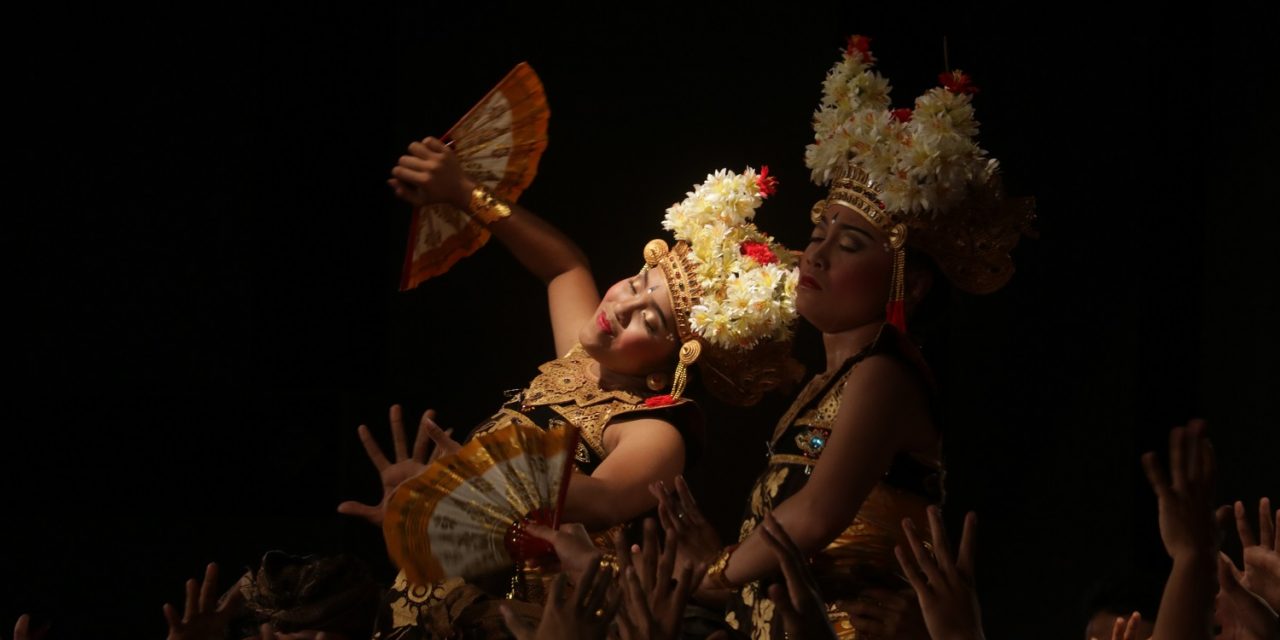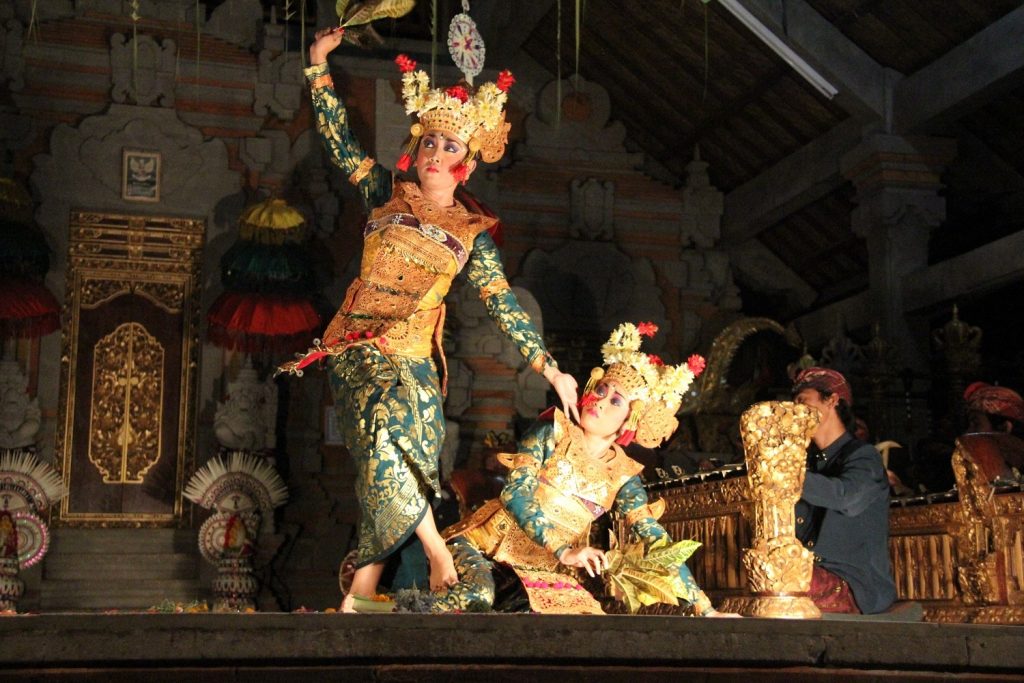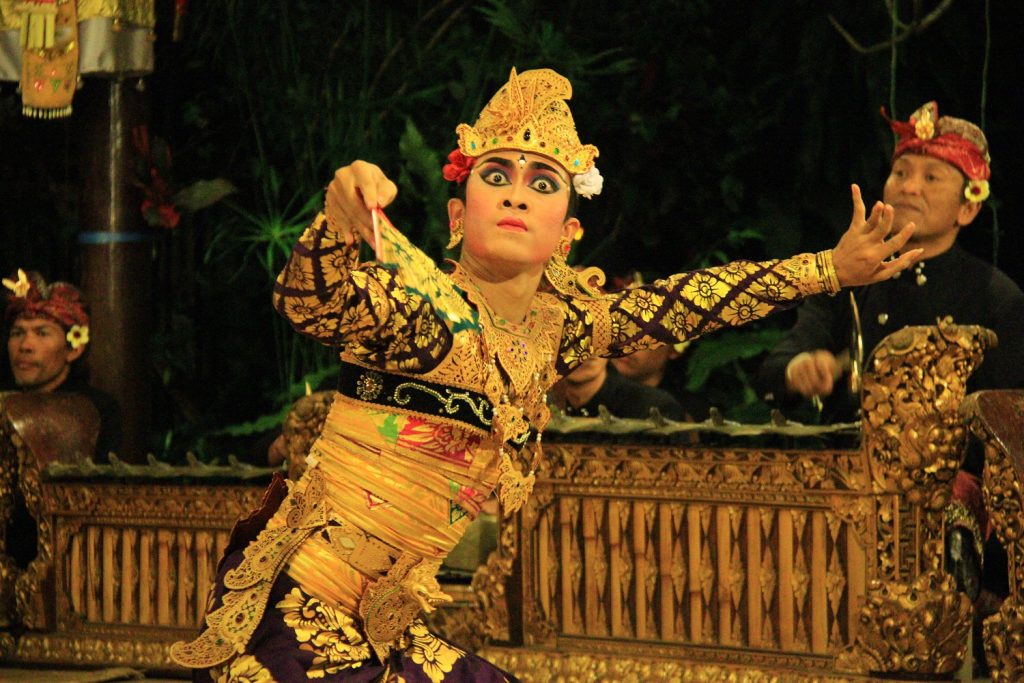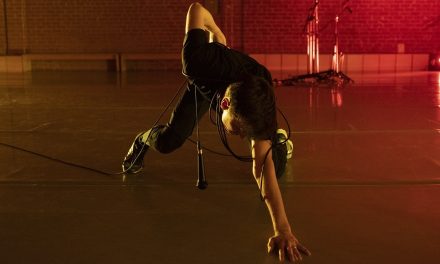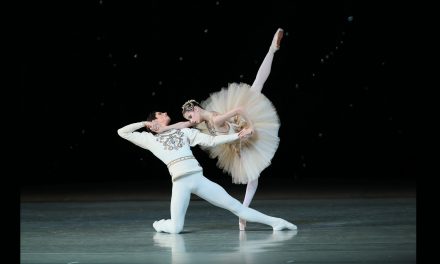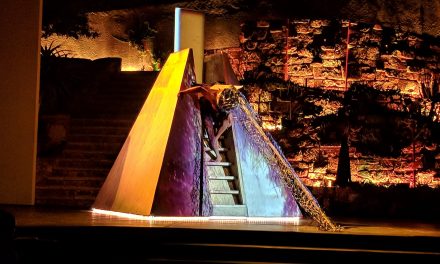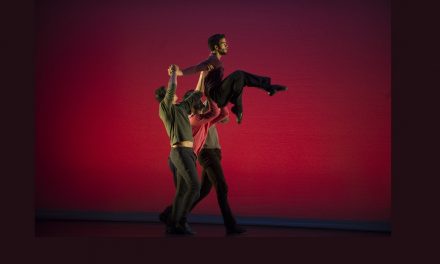The Balinese company Gamelan Çudamani is about to embark on its 20th Anniversary Tour and I was fortunate enough to attend the astonishing performance of their BHUMI-Mother Earth at The Broad Stage in Santa Monica. Produced by World Festival of Sacred Music-LA, each of the works was selected to honor and celebrate this planet Earth that we all live on and, as a program note stated, “whose destruction would be our destruction”. Wise words for a world facing severe climate change.
The company’s home is in the Pengosekan Village, located directly south of Ubud, Bali. Pengosekan is well-known as a community of painters, weavers, and musicians. It is also famous throughout Bali for its many beautiful Gamelans which were purchased one by one by village farmers once Gamelans became popular back in the 1950s. The company’s Director is I Dewa Putu Berata, the Dance Director is I Nyoman Cerita, and the Music Director is one of the core founding members of Çudamani, I Dewa Putu Rai.
The music was produced with approximately 22 gorgeously designed gamelans, several drums and flutes. There were the voices of singers, many of who were also musicians and dancers. I realized sitting there, that there is nothing like this in our “western” culture. The rhythms and meters played do not exist in western music, nor do the movements of the dancers, especially those produced with their eyes and hands. The stage was rich with sights and sounds from the time the curtain first rose until the final curtain came down with the LA audience on their feet and continuing to applaud for these amazing performers.
There is one very nice family succession within the dancers of Gamelan Çudamani. Judy Mitoma is the producer/ director of World Festival of Sacred Music. Her daughter, Emiko Saraswati Susilo, is the Assistant Director, vocalist and mother of dancer, Dewa Ayu Dewi Larassanti. Susilo is also married to Director I Dewa Putu Berata. Susilo announced that the company calls Judy Mitoma grandmother. Like most grandmothers, Mitoma works hard to protect and promote her own, as well as other Asian and Indonesian artists.
The set for BHUMI-Mother Earth was striking. There was a throne-like platform center stage that looked to be made of woven organic material such as bamboo. Large gongs hung on either side of the center opening where a percussionist sat for the entire first half of the program. In front of him were gamelans on three levels and branching off from those in two directions were two rows of gamelans which formed a large semi-circled area where the dancers performed. On each side of the downstage area stood a tall three-tiered floor lamp. Behind all this were two large, beautifully designed hanging banners, and two arching pieces of material that resembled thin flags used to frame the center musicians.
There were several works on the program, all paying homage to Mother Earth, the Balinese ancestors and the many Gods and goddesses that protect them. In no way can I adequately describe the beauty of these pieces, as each was wonderful and so different from the one that preceded it. So, I will choose a few highlights.
Rangrang was an introspective and sometimes-somber work that featured the gamelans. The composer was I Dewa Putu Rai and it was the perfect work to introduce us to the gamelan. The word rangrang refers to that which is intertwined. For this production it softly depicted how we are all linked together with the universe. The music flowed past with the layers of rhythms appearing to weave in and around each other, and the musicians speaking to each other across the stage with their gamelans. This work made me wonder if composers Terry Riley, Philip Glass and Keith Terry were in some way influenced by the music of Bali.
Tari Legong Pertiwi – Legong for Mother Earth two lovely female dancers, Dewa Ayu Eka Putri and her sister Dewa Ayu Swandewieach, dressed in traditional costumes performing primarily in unison. The choreography was a beautiful tribute to the goddess of the Earth with movement that mesmerized with its consistent precision. The women’s eyes and facial movements created emotions that whipped past with rapidity and clarity.
The first half of the program closed with Tabuh Kebyar Perak – Silver Explosion, taught and arranged by Bapak I Wayan Gandra. It was a powerful and dynamic show of gamelan virtuosity. Said to evoke “the dynamic rhythms of life-cycles of season, night and day, changing eras”, this piece required precision and speed which these musicians performed with great artistry and skill. This was also a work that the performers clearly enjoyed playing and one that was a favorite with the audience.
Created by Bapa Mario, Tari Kebyar Duduk – Seated Kebyar stood out because of the male performer, Putu Wibi Wickasana. Said to be one of the most challenging dances of the Balinese repertoire, as is the music for the full gamelan, both were performed with great lucidity and strength. Wickasana’s eyes were prominent throughout, as were the sharp movements with his costume. The dance took him to the floor where he sat with his feet crossed behind him and involved his entire body to vibrate. His head tilted sharply to one side and his eyes widen and narrowed in time with the music with amazing precision, though each movement lasted but a second or two. Putu Wibi Wickasana held the stage and departed with masterful flip of his fan.
Tari Amurwa Bhumi (Dalem) – Wise Leader of the World featured one of Gamelan Çudamani’s most revered elders, Nyoman Cerita, dressed as an ancient warrior or king. Emiko Saraswati Susilo explained that his mask was usually painted white. They decided in keeping with the production’s theme, however, to keep the natural color of the wood which gave the leader a ghostly aura. She said that the mask was one of their most cherished items. The warrior’s movements were subtle, but powerful, emanating strength as well as wisdom. He was accompanied by a male dancer/singer who, I assume, was telling us about the leader and his power.
There was a beautiful solo and duet in Tari Tamulilingan Ngisep Sari – Bee in Search of Nectar performed by Dewa Ayu Dewi Larassanti and Putu Wibi Wickasana. Larassanti used brisk foot movements to swipe away a long red piece of material that fell from underneath her costume and trailed behind. Her eyes movements were in total sync with the very fast paced music and her head movements resembled those of a bird listening to the sounds of its surroundings. She was joined Putu Wibi Wickasana who moved around her, and the dance concluded with a joining ritual that resembled like a wedding.
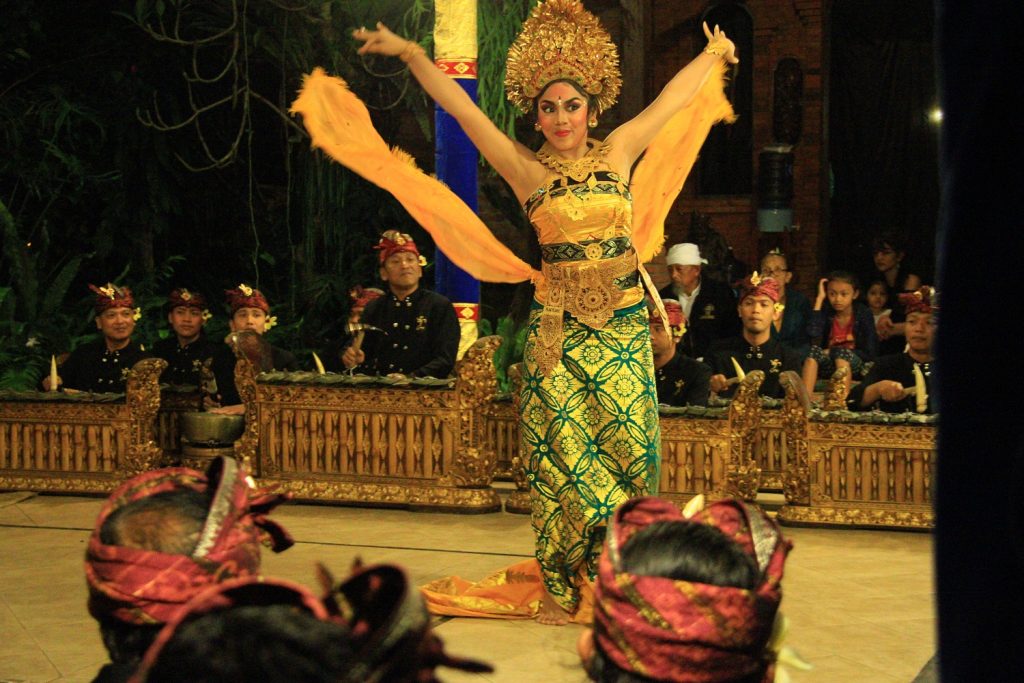
Dewa Ayu Dewi Larassanti in Tari Tamulilingan Ngisep Sari – Bee in Search of Nectar – Photo courtesy of the company.
The evening concluded with a very humorous work titled Cak Sato – Animal Kecak, directed by Dewa Putu Berata and created with the entire company. Cak or kecak, is “one of Bali’s best-known performing art forms, integrates complex multi-layers of rhythmic vocal chant, dance and drama.” It is sometimes referred to as the monkey dance by westerners. The music is that of primarily male voices as the performers moved and made vocal sounds like frogs, monkeys, birds and other animals of the Balinese terrain. It evoked laughter, but also awe and admiration from the audience because of the multi-layered rhythms that echoed throughout the stage.
The company’s designers for the incredibly beautiful and detailed costumes were Dewa Putu Berata, Nyoman Cerita, Emiko Saraswati Susilo, and Putu Wibi Wicaksana. There was no listing for a lighting designer, but it was lush with deep red, blue, amber and green backdrops that gave a wonderful texture to each work.
The large cast of Gamelan Çudamani, not mentioned above, included Dewa Gde Guna Arta, Dewa Putu Rega Elyana, Ida Bagus Anom Mandhara Giri, Kadek Juliantara, Made Karjana, Putu Swaryandana Ichi Oka, Kadek Dedy Maelan Pratama, Wayan Wika Cendana Putra, Dewa Made Mega Putra, Dewa Gde Sanjaya, Made Yogisatya Satwika, Wayan Sudiarsa Made Supasta, Anak Agung Gede Anom Sweta, Ida Bagus Made Widnyana, Made Joker Winangun, Ida Bagus Putu Eka Wirawan.
These performers were stunning, and their music and dance enthralling. I thoroughly enjoyed this performance, and I look forward to researching more information about Balinese dance, music and all the different types of mallets used to play the gamelans. But most of all, I look forward to the return of Gamelan Çudamani so that I can experience a bit more of that country’s rich culture.
Feature photo: Photo courtesy of the company.
For more information on Gamelan Çudamani, click here.
To view the LA Dance Chronicle Calendar of Performance, click here.

